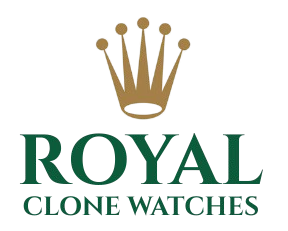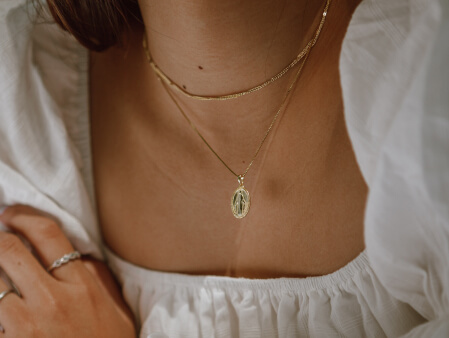Rolex Daytona Super Clone History 2025
How did Rolex Daytona super clone watches evolve into some of the most advanced chronograph replicas in 2025? To answer this, we need to look at both the history of the original Daytona and the steady improvements in replica watchmaking that created today’s super clones. From simple imitations to near-perfect reproductions, the Daytona’s story is also the story of replica evolution.
In this article, we’ll trace the chronograph history that shaped the Daytona, examine how the model evolved over the decades, explore the origins of Daytona replicas, and follow the super clone timeline that led to the high standards we see today. By the end, you’ll understand why the Daytona remains at the center of the replica watch world in 2025.
If you’re curious about how these watches became so refined, let’s walk through their journey step by step.
The Origins of the Rolex Daytona
The Rolex Daytona was first introduced in 1963 as a tool watch for professional racing drivers. Its tachymeter bezel and chronograph features allowed precise measurement of speed, instantly linking it to motorsport. Over time, the Daytona gained iconic status, admired not only for its functionality but also for its clean, stylish design.
Daytona Evolution Over Time
Like all Rolex models, the Daytona evolved through continuous improvements. Early acrylic crystals were replaced by sapphire glass, bezels shifted from steel to ceramic, and movements advanced from Valjoux calibers to Rolex’s in-house 4130. Each generation reinforced the Daytona’s reputation as the ultimate luxury chronograph, making it one of the most desirable watches in the world.
The Replica Origins
As the Daytona’s popularity grew, so did the demand for replicas. The first replicas were crude imitations with inaccurate case sizes, poor dial printing, and non-functioning chronographs. These early pieces could never pass as genuine, but they marked the beginning of a market that would eventually grow more sophisticated.
The Birth of Super Clone Standards
By the late 2000s and early 2010s, replica manufacturers began to improve. Better materials, functional chronographs, and more accurate designs raised expectations. This shift marked the start of the super clone timeline, where replicas moved from simple copies to highly convincing alternatives. Buyers now demanded watches that felt and functioned like the originals.
Advances in Super Clone Technology
The last decade has seen huge strides in replica craftsmanship. CNC machining, laser engraving, and advanced assembly methods allow manufacturers to replicate even the smallest details of the original Daytona. The Daytona replica category now includes models with ceramic bezels, sapphire crystals, and automatic chronograph movements that mirror Rolex’s famous smooth sweep.
The Super Clone Timeline to 2025
By 2025, Daytona super clones have reached an unprecedented level of quality. Case dimensions are exact, lume application is bright and long-lasting, and chronograph pushers work with the same feel as genuine models. Movements are reliable and mimic the appearance of Rolex’s 4130 through decorated rotors and bridges. These features have made Daytona super clones nearly indistinguishable from the original in everyday use.
Why This History Matters
Understanding the history of Daytona super clones helps explain why they are so respected today. What began as simple imitations has become a specialized craft driven by demand for accuracy, durability, and authenticity. This progression highlights both the influence of the original Daytona and the dedication of replica makers to perfecting their craft.
Final Thoughts
In 2025, Rolex Daytona super clone watches represent the peak of replica evolution. From their origins as basic knockoffs to their place as highly convincing luxury chronographs, the history of these watches mirrors the evolution of the Daytona itself. For anyone who appreciates chronograph history, the Daytona super clone story is proof of how far replica watchmaking has come—and why it continues to capture attention today.







Add comment